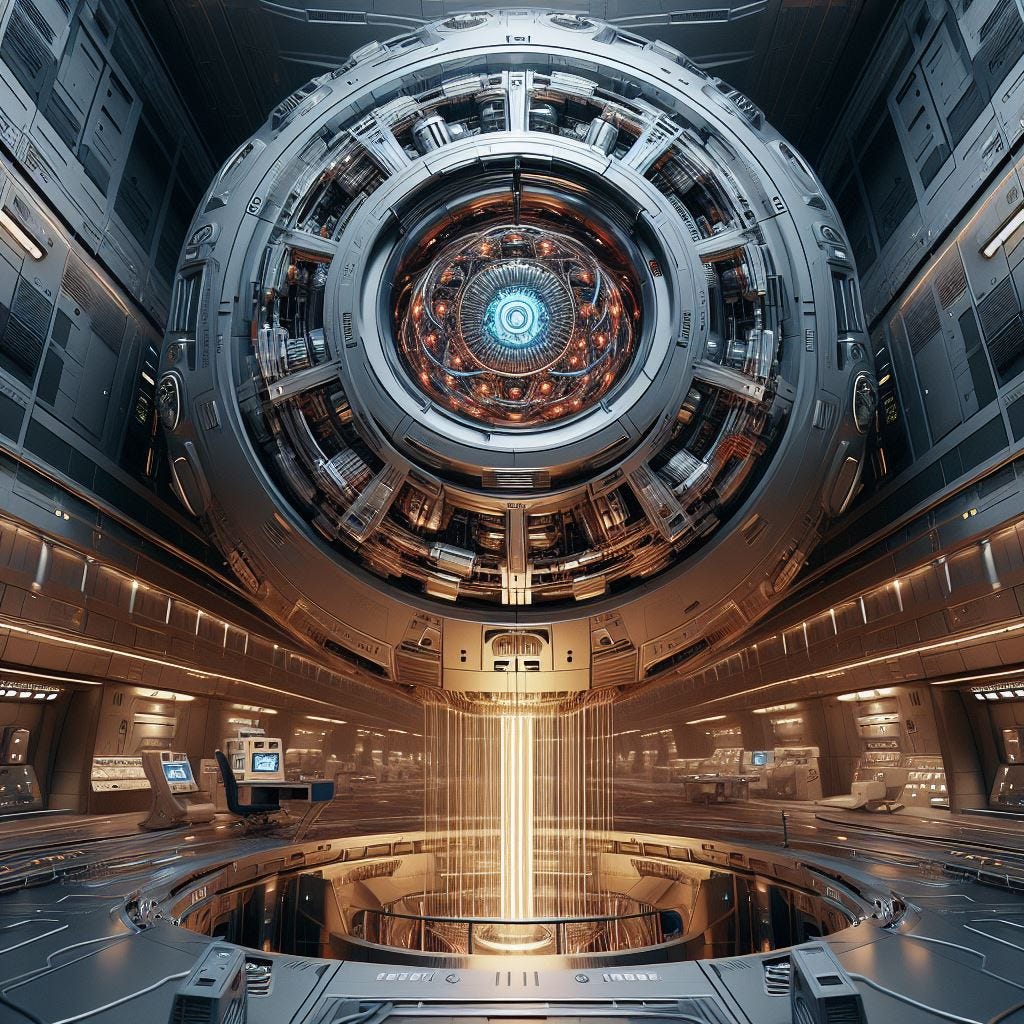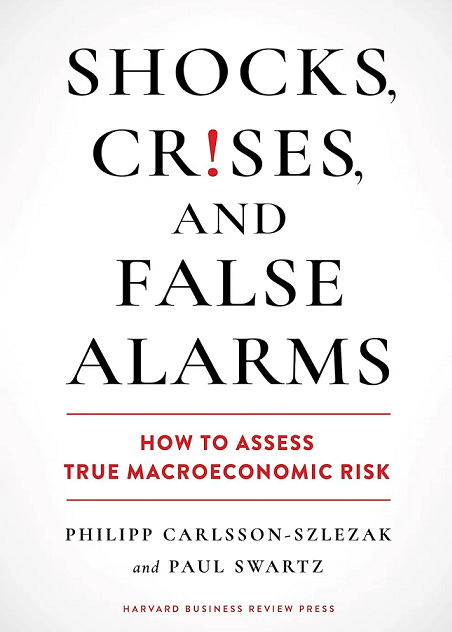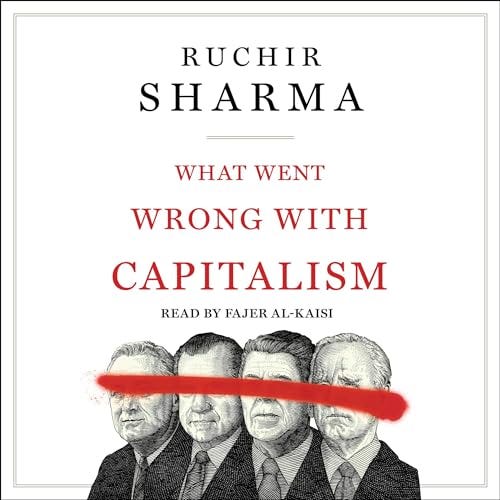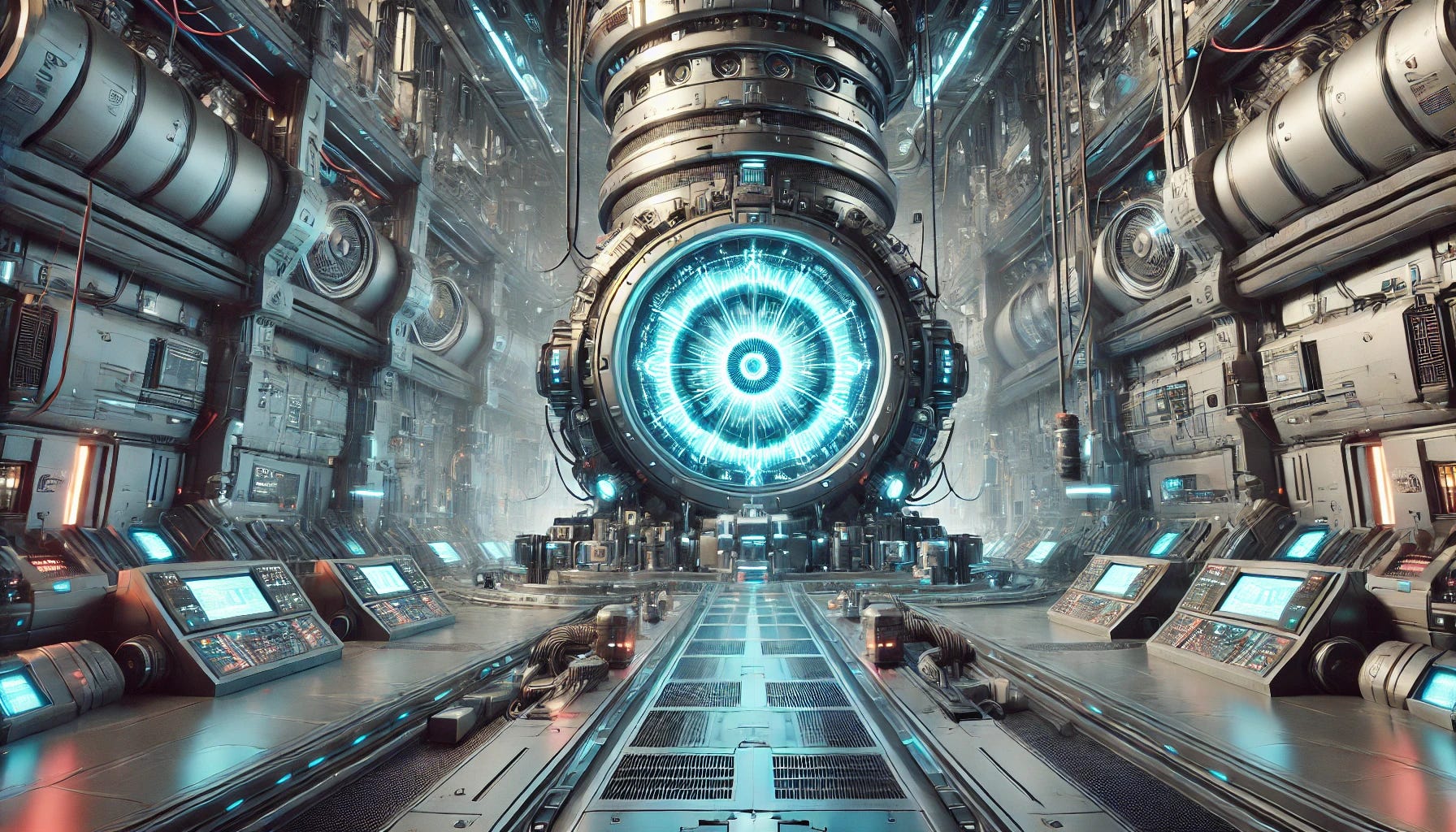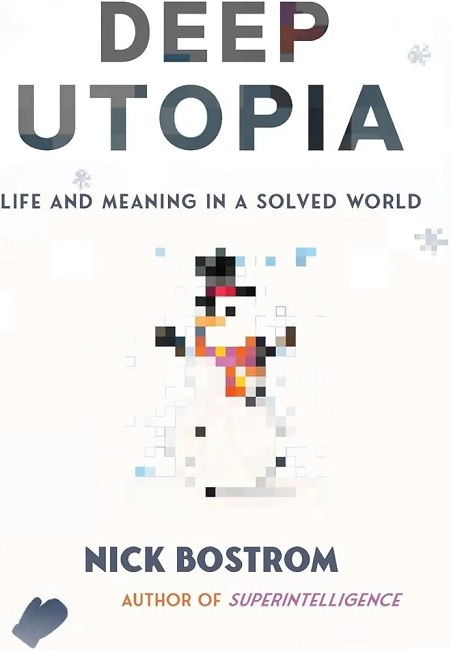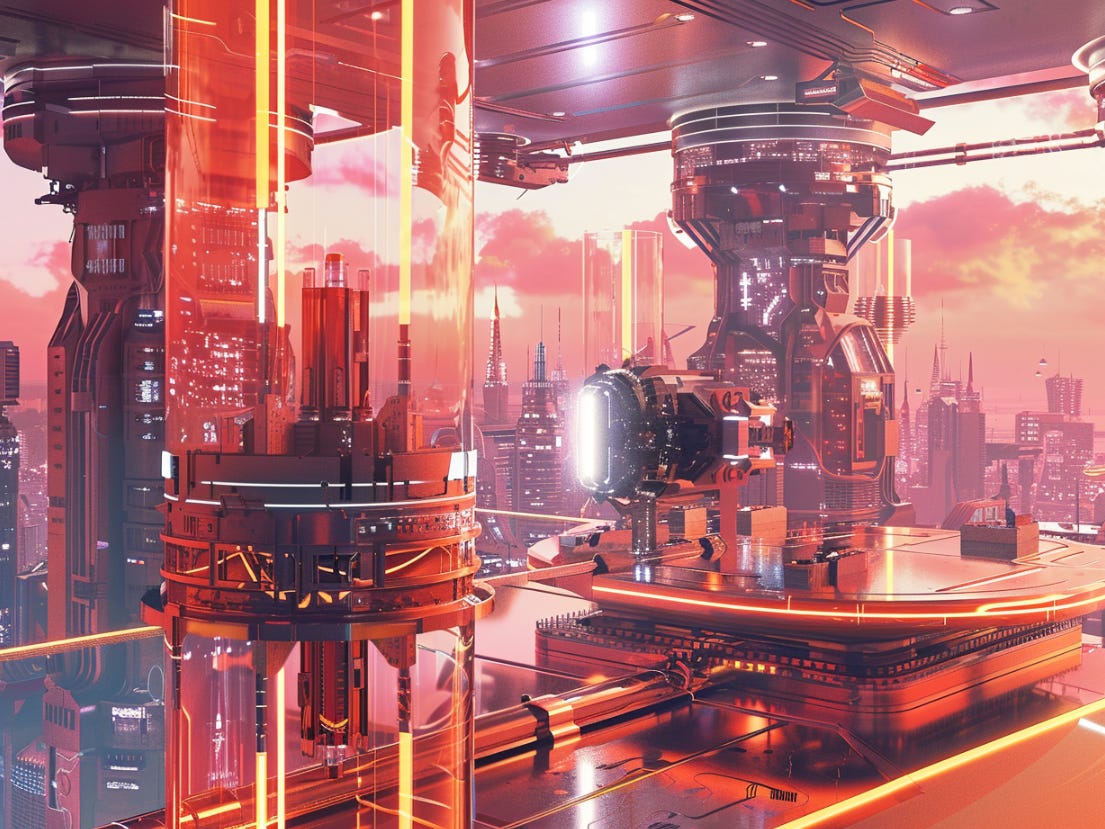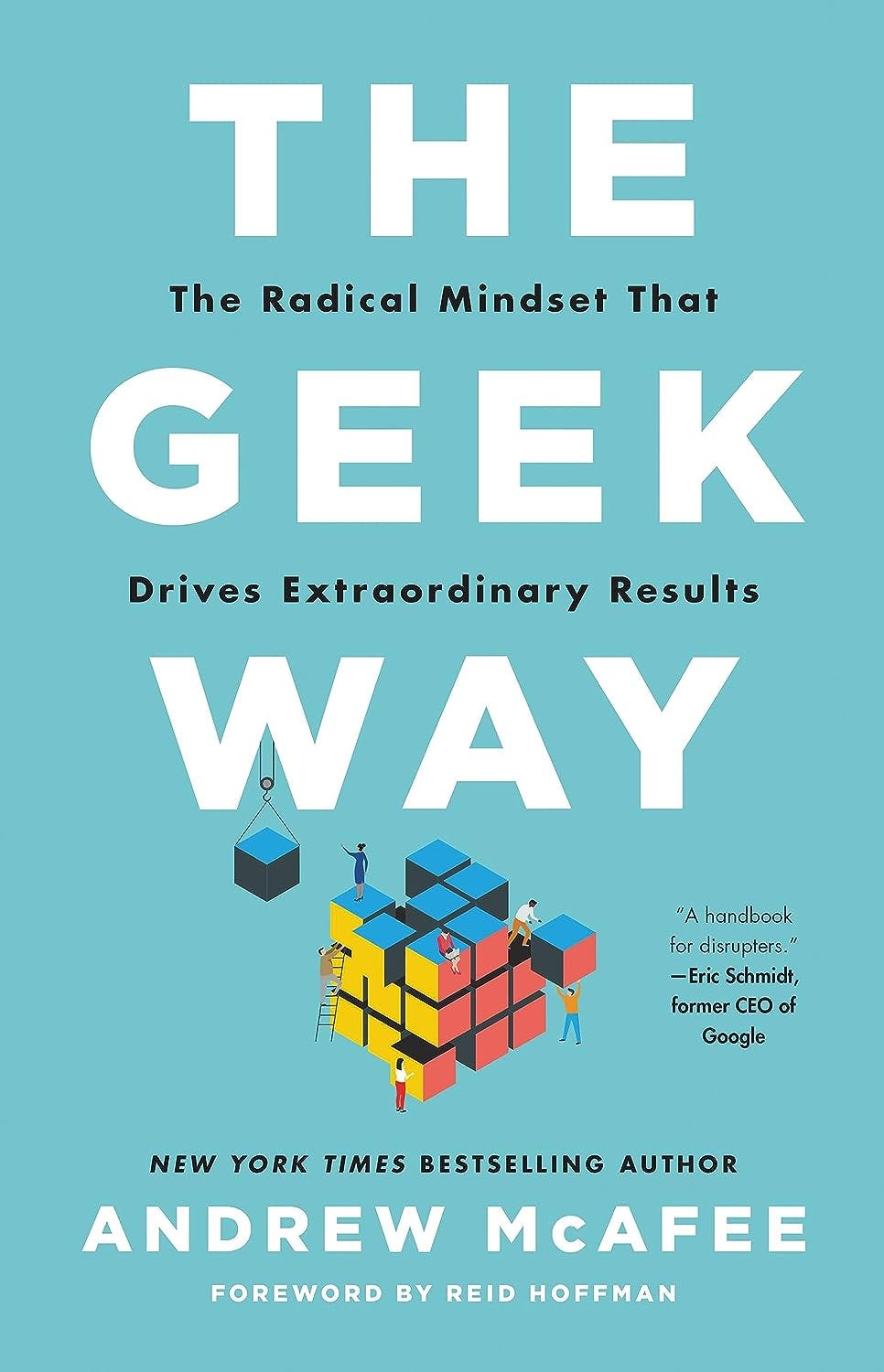⚛ My chat (+transcript) with TAE Technologies CEO Michl Binderbauer on the future of fusion
Description
What if there were a way to generate massive amounts of affordable, carbon-free energy with minimal environmental or safety risk? Sounds too good to be true, but nuclear fusion just might be the kind of energy source that America—and the world—has been waiting for.
Michl Binderbauer is the CEO of California-based TAE Technologies, a company trying to develop an aneutronic commercial fusion reactor. Michl joins us on this episode of Faster Please! — The Podcast to explain how his team is trying to make fusion power a real thing.
In This Episode
* Fusion’s Moment (1:11 )
* The Technical Challenge (12:11 )
* The Economic Challenge (15:33 )
* The Role of Government (22:20 )
Below is a lightly edited transcript of our conversation.
Pethokoukis: What is sort of the current state of your company's technology, and in describing that, could you tell me how it sort of differs from other approaches in the field, keeping in mind I am not a nuclear physicist?
Binderbauer: Understood. Alright, well it's a great introductory question. So TAE has been around, as you probably have read, for a good two decades plus, but the 25 year anniversary was just this past April, actually. We're at the stage now, it’s really exciting, where the machine we're under construction on now, which we call Copernicus, which is our generation six, is actually intended to get us to a point to demonstrate that we can harvest more energy than we have to feed it. And this is on a really engineering comparison, how much energy comes into the site and deploys on the machine versus how much can you harvest. To be fair, this is not a full power plant, so we're going to measure the heat output, the collective heat output on it. Now that's where we're going, and that's really enabled by 20 plus years of a journey of, interestingly enough, a lot of scientific nuance discoveries, but mostly technology development.
What you learn is that the journey that we were on was mostly one of underestimating the complexity of power supplies, vacuum systems, heating systems in the form of us, this means energetic particle beams, and the technological tool chest around those things and making that work as a symphony, as a nice orchestra to do what we need it to do, and that's really where we spend most of the time, and now we're at the point where there's a confluence in understanding the science, understanding or having full practice capability, mastery of the tools, bringing these two things together in the sixth generation machine to drive net energy output. That's the goal. The other thing you asked me was how do we differ and to kind of contrast that a little bit?
Because this is a very interesting moment for fusion, broadly, which are a number of startups, of course some of my listeners might be familiar with the breakthrough from the National Ignition Facility, which isn't really meant to create a nuclear power plant, but it was a great proof of concept that we can do some sort of fusion here. So I guess in a somewhat understandable way, given my own personal limitations, what are you doing that's sort of different than maybe some of the other companies such as, I mean I've written about Commonwealth Fusion and a few others, as well.
Of course. Let me start by saying that, for most of that I should give credit to my brilliant PhD mentor who was a technical co-founder and co-founder in general of TAE. Norman Rostoker was his name, and Norman had an illustrious career in the field of fusion science and, in fact, accelerators and a few other areas of physics. He was a sort of polymath and really broad guy, which probably was a critical ingredient to get to where we are today. And so while he was very instrumental in the early days of the field in putting together a lot of the fundamental theory and things that I always joke and say, “You can't get a PhD in this field without suffering through a lot of the stuff he discovered.” But he also was very critical at the later stage in his career and he looked at this and said, “If we want to build something that caters to power production in a civilian way with good economics and the right kind of maintainability and practicality, then maybe what we're doing as a field today on the large sort of federal or national program-funded research was sort of missing the mark a little bit because it was building towards the Tokamaks, which some of your readers may know, those donut-shaped machines, the biggest of which is under construction in the south of France right now, it’s a big international project. And Norman looked at that and said, “That can get us to maybe net energy but not necessarily practical net energy or economic net energy.”
In the end it's about an applied end product that we're going after, not textbook knowledge, in a sense, or a proof point for a laboratory experiment. With that in mind, when the company, before it even started—this is in the early ’90s when I became a student—he had a very delineated philosophy of end in mind: Let's look what this needs to look like. And that's pretty trivial to define, right? If I ask you, what do you think a good power plant should look like, you could probably tell me. If we can make it non-polluting, great, we want to make sure that it doesn't have maintenance every day. It's up most of the time and it can compete with what the grid needs today in terms of economics, who else makes power with from coal, the gas to whatever else. And that's kind of how we started, we said that would be the ideal reactor, and now how can we cater to that. And what is the gap if you reverse engineer from there to today that you have to fill? And that's really where we started and that led to a remarkably different trajectory.
One of those, the first one, frankly, was fuel, right? When you think about tritium, which is the conventional goal set, and that's a fuel that's heavy hydrogen, when you “burn” that, quote-unquote, you get neutrons, which we know from fission, those are what propagates the fission process, and if you have a lot of neutrons, you get radioactivity. And tritium by itself is also used in our warheads. It's not the ideal material you loose in a civilian setting, it's typically classified, et cetera, so there's all these headaches and there's very little tritium, by the way, to go around. There's like 50 kilograms of free tritium in the world, and that's super expensive, something like $30,000 a gram or so is what's usually quoted. So there's a lot of handicap there if you want to turn that into an economic prosperous thing. And so we said, “Alright, well, what else is terrestrially possible?”
And so not to be philosophical and say God gave us a very narrow bookshelf, but it kind of is. On one end you've got the neutronic fuel cycle with tritium, and then on the other end of this small bookshelf you have hydrogen and boron which are copiously available, both. There's no radioactivity to go in, and by the way, when they burn you get three helium particles, which is where our initial name came from, Tri Alpha Energy, we call helium particles in nuclear physics alpha particles. And so you look at it and you say, “Oh, that's pretty good!” I don't have radioactivity as a byproduct, I don't have to worry about shielding, I don't have high costs associated with those things. And by the way, if you look where boron is used today, it's dirt-cheap commodity products, it’s detergents and soaps and cleaning products and things like that. So, in a way, it fits the bill.
Now its big handicap is it needs a higher burn temperature to cook.
Very hot.
Yeah. You look at tritium on one end, that's about a hundred million degrees, which already sounds insane, but keep in mind, as a physicist, we sort of define that as just the energy state in that material beyond the gas. We call these plasmas. This plasma is at a hundred million degrees for tritium. If you want to burn boron, you need about a billion degrees. Now that sounds absolutely crazy, but it's not the stove plate hot of a solid. It's a very few particles that get to zip around in the container at very high energy, and that gets you to that definition of eventually a billion degrees.
By the way, for reference, the big Hadron Collider at CERN, the LHC, that actually makes charged particle clouds with temperatures up to five trillion degrees. So we can actually do this. Amazingly, humans have a technology base to actually do that. So we started with the idea of if we wanted that fuel cycle, we've got to find the container and the process that can hold that together and create those energetic states we need. And that led us ultimately to what is referred to as a “field reversed configuration,” and I won't bore everybody with the detail of that, it's a mouthful to begin with, but it's a very interesting magnetic container.
I will say that much, that instead of, in the case of most other confinement systems where you have a lot of magnets on the outset—and by the way the magnets are a big cost component in a reactor, they're superconducting, they're large in scale, complex to manufacture—and in this case, in the FRC, most of the field is actually crea

